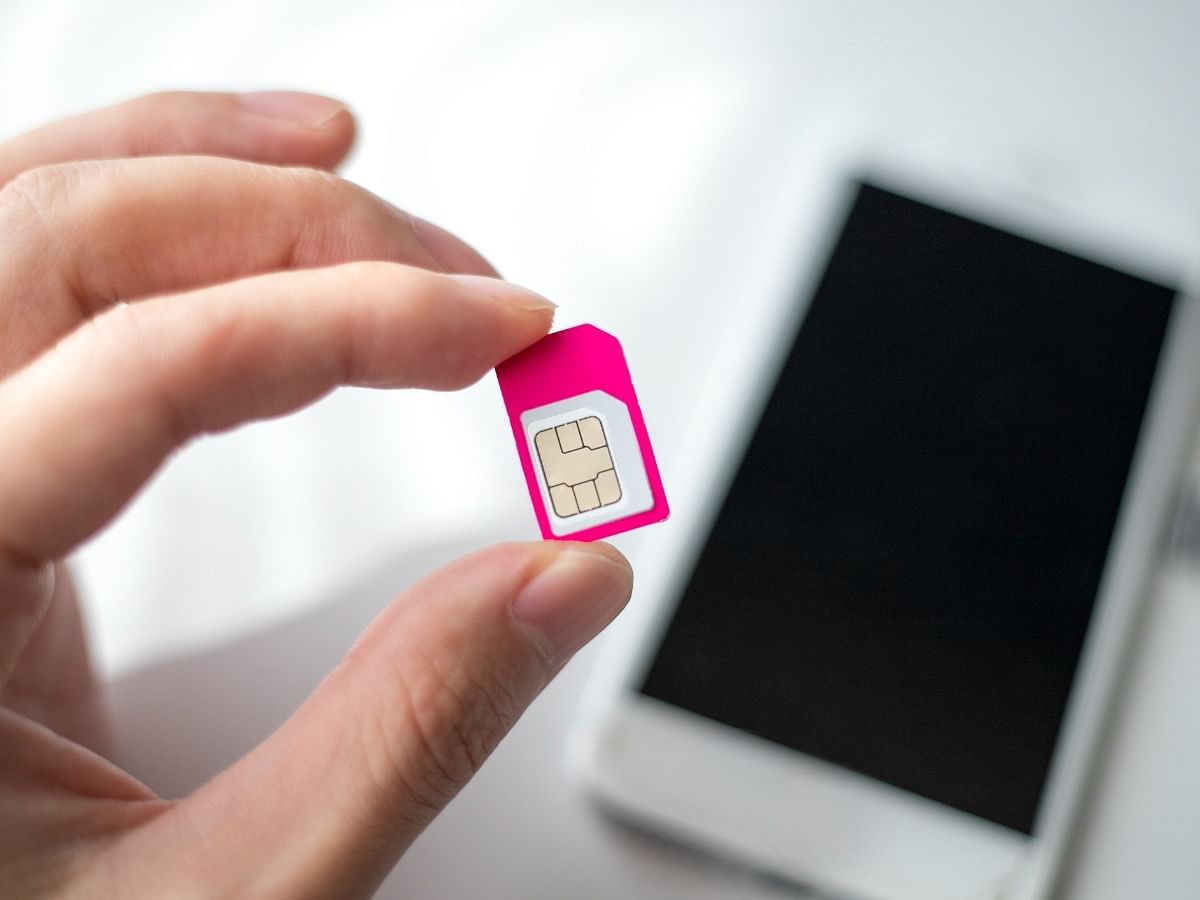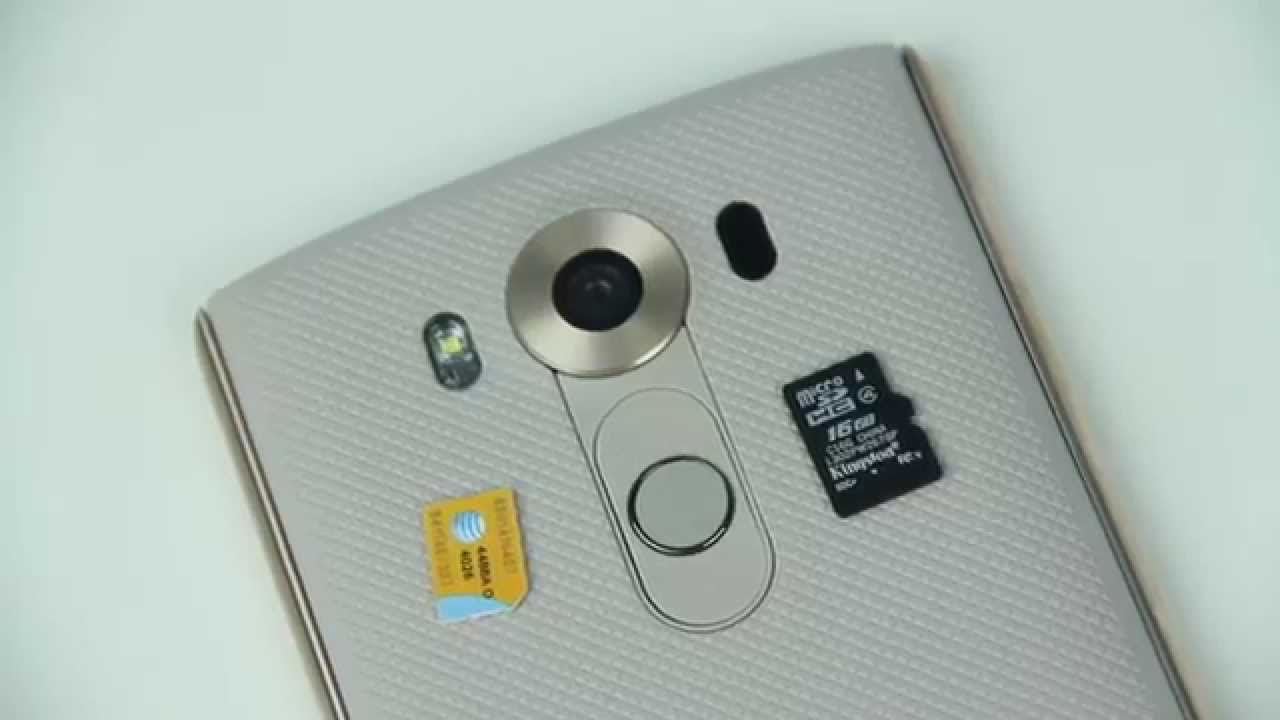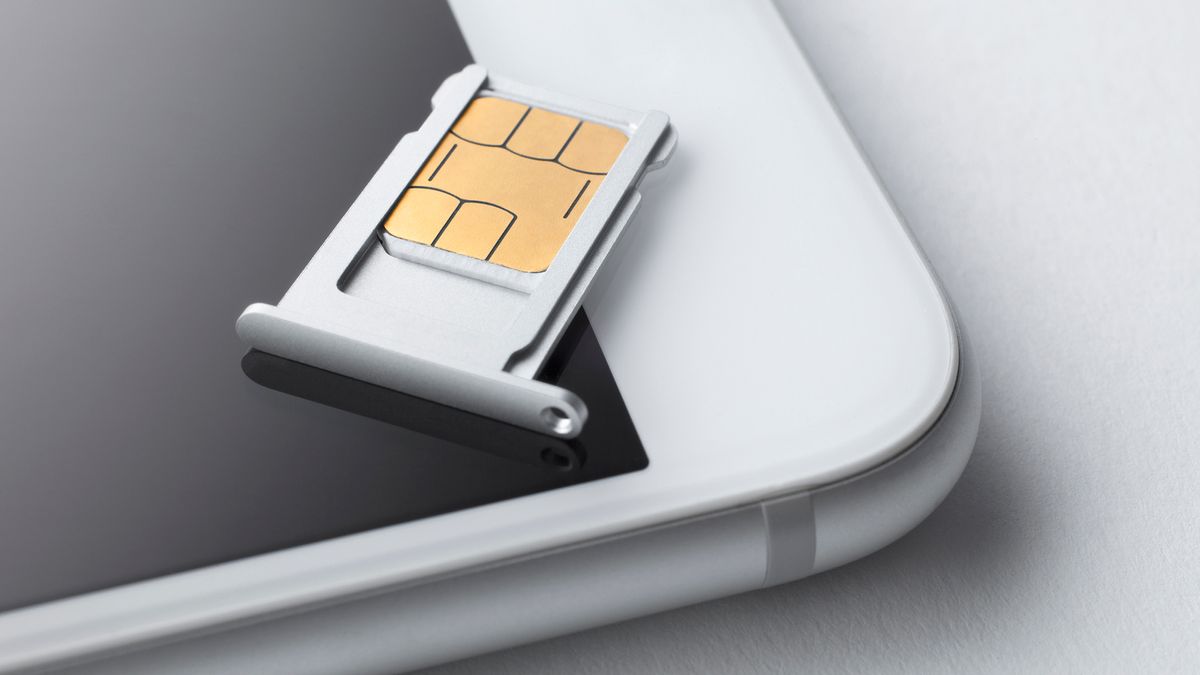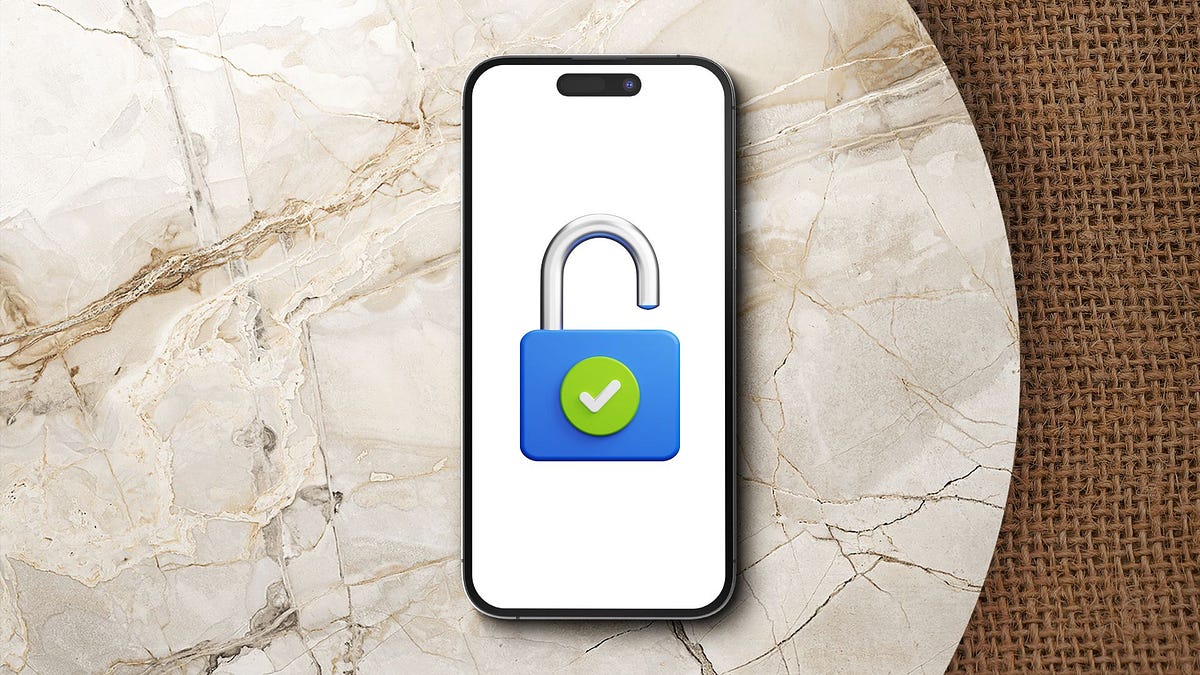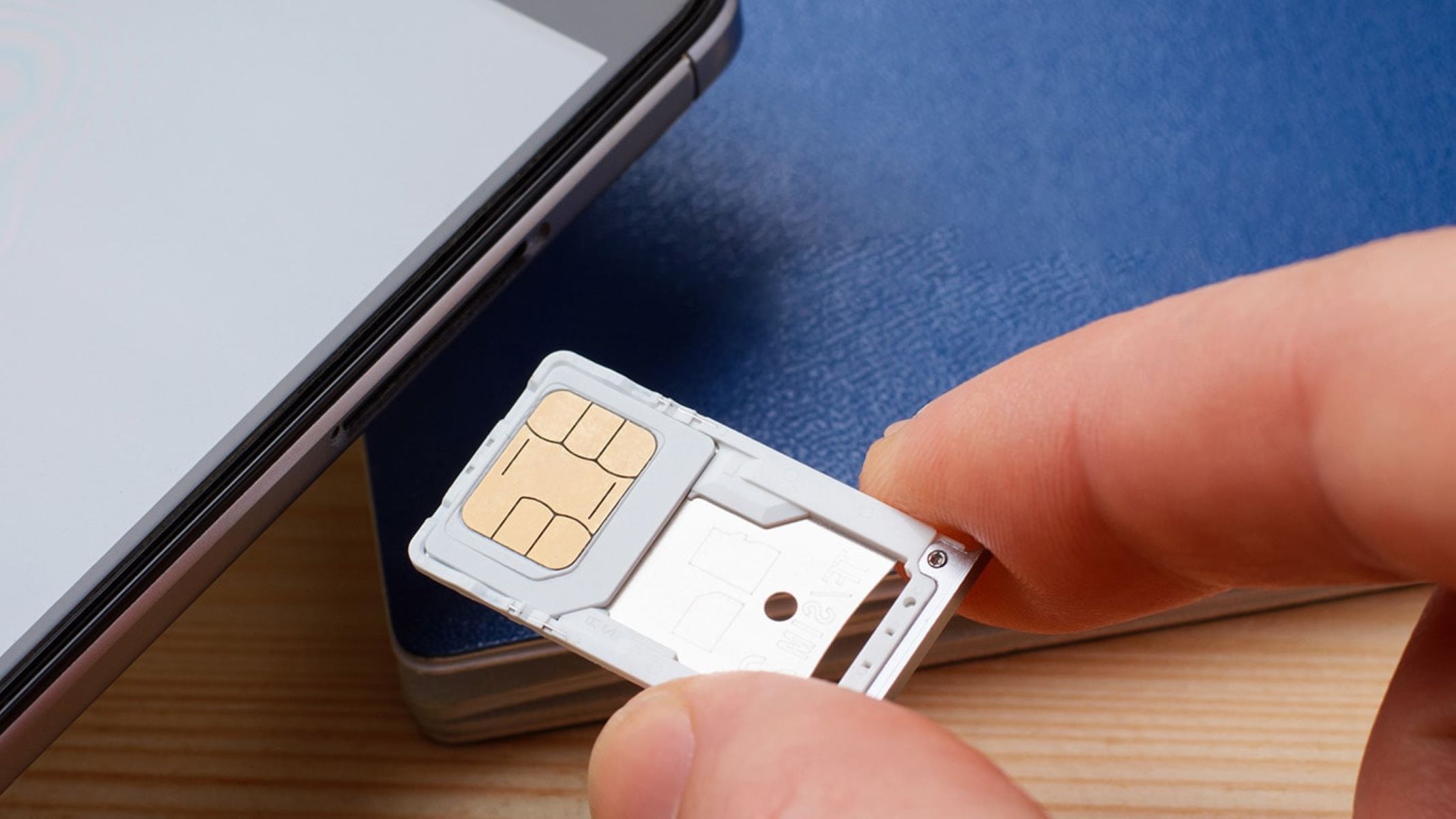What is CDMA Technology?
CDMA, or Code Division Multiple Access, is a widely used technology in mobile communication systems. It is a method for transmitting digital signals over the airwaves. Unlike the more commonly known GSM (Global System for Mobile Communications) technology, which uses SIM cards to identify and authenticate users, CDMA technology does not rely on traditional SIM cards for user identification. Instead, CDMA networks use a unique identifier stored directly on the device, known as the Mobile Equipment Identifier (MEID).
CDMA technology operates by assigning a unique code to each conversation, allowing multiple signals to occupy the same frequency band simultaneously. This approach enables increased efficiency in spectrum utilization, making it a preferred choice for many mobile network operators.
One of the key features of CDMA technology is its ability to offer a high level of security and privacy. The unique coding scheme employed by CDMA makes it challenging for unauthorized users to intercept and decipher communications, thereby enhancing the overall security of the network.
In addition to its security benefits, CDMA technology is also known for its superior call quality and reliability. By efficiently managing multiple signals within the same frequency band, CDMA networks can deliver clear and uninterrupted voice calls, even in areas with high network traffic.
Furthermore, CDMA technology has been instrumental in the evolution of mobile data services. It has facilitated the seamless integration of voice and data transmission, enabling users to access high-speed internet and multimedia content on their CDMA-enabled devices.
Overall, CDMA technology has played a significant role in shaping the modern mobile communication landscape, offering a robust and efficient platform for voice and data services. Its unique approach to signal transmission and user identification sets it apart from other technologies, making it a valuable asset in the realm of wireless communication.
What are CDMA SIM Cards?
CDMA SIM cards, also known as R-UIM (Removable User Identity Module) cards, serve a similar purpose to traditional SIM cards used in GSM networks. However, there are some fundamental differences in how these cards function within the context of CDMA technology.
Unlike GSM SIM cards, which are primarily used for user identification and authentication, CDMA SIM cards are designed to store additional network-specific information and user data. This includes the unique Mobile Equipment Identifier (MEID) and the Preferred Roaming List (PRL), which contains information about the available roaming networks.
CDMA SIM cards are essential for enabling CDMA devices to access the network, manage roaming capabilities, and store user-specific data. They play a crucial role in facilitating seamless connectivity and ensuring that devices can operate efficiently within the CDMA network environment.
In addition to their functional aspects, CDMA SIM cards also contribute to the security and privacy of user communications. By storing essential network and user-specific information, these cards help in maintaining the integrity and confidentiality of data transmitted over CDMA networks.
It's important to note that the use of CDMA SIM cards has evolved over time, with advancements in technology and network infrastructure. While earlier CDMA devices relied heavily on R-UIM cards for network access and user identification, modern CDMA devices may integrate these functions directly into the device hardware, eliminating the need for removable SIM cards.
Despite this evolution, CDMA SIM cards continue to play a vital role in certain CDMA network deployments, particularly in regions where CDMA technology remains prevalent. As such, these cards remain an integral part of the CDMA ecosystem, supporting network connectivity and user-specific configurations.
In summary, CDMA SIM cards serve as essential components for enabling CDMA devices to access the network, manage roaming capabilities, and store user-specific data. While their role has evolved with technological advancements, these cards continue to play a significant part in supporting CDMA network operations and ensuring seamless connectivity for users.
How do CDMA SIM Cards Work?
CDMA SIM cards, also known as R-UIM (Removable User Identity Module) cards, function as crucial components within CDMA network environments. These cards play a pivotal role in enabling CDMA devices to access the network, manage roaming capabilities, and store essential user-specific data.
At the core of their functionality, CDMA SIM cards serve as repositories for critical network-specific information and user data. This includes the unique Mobile Equipment Identifier (MEID) and the Preferred Roaming List (PRL), which contains details about available roaming networks. By storing these vital pieces of information, CDMA SIM cards facilitate seamless connectivity and ensure that devices can operate efficiently within the CDMA network.
One of the primary functions of CDMA SIM cards is to enable devices to authenticate and connect to the CDMA network. When a CDMA device is powered on, it communicates with the network to establish a secure connection. During this process, the device's CDMA SIM card plays a crucial role in verifying the device's identity and authorizing its access to network resources. This authentication mechanism helps in safeguarding the integrity and security of the network, ensuring that only authorized devices can utilize its services.
Furthermore, CDMA SIM cards enable devices to manage roaming capabilities effectively. When a CDMA device enters a different network coverage area, the CDMA SIM card assists in identifying and connecting to available roaming networks. This functionality is essential for users who frequently travel or require access to network services beyond their home network coverage.
In addition to network access and roaming management, CDMA SIM cards store user-specific data, such as contact information, network preferences, and service configurations. This data is utilized to personalize the user experience and ensure that devices operate according to individual preferences and network requirements.
It's important to note that the use of CDMA SIM cards has evolved with advancements in technology and network infrastructure. While earlier CDMA devices relied heavily on R-UIM cards for network access and user identification, modern CDMA devices may integrate these functions directly into the device hardware, eliminating the need for removable SIM cards. However, in certain CDMA network deployments, particularly in regions where CDMA technology remains prevalent, CDMA SIM cards continue to play a vital role in supporting network connectivity and user-specific configurations.
In summary, CDMA SIM cards serve as essential components for enabling CDMA devices to access the network, manage roaming capabilities, and store user-specific data. Their multifaceted functionality contributes to the seamless operation of CDMA devices within the network environment, enhancing connectivity and user experience.
The Use of CDMA SIM Cards
CDMA SIM cards, also known as R-UIM (Removable User Identity Module) cards, play a pivotal role in enabling CDMA devices to access the network, manage roaming capabilities, and store essential user-specific data. These versatile cards are essential for facilitating seamless connectivity within CDMA network environments and ensuring that devices operate efficiently.
One of the primary uses of CDMA SIM cards is to enable devices to authenticate and connect to the CDMA network securely. When a CDMA device is powered on, the CDMA SIM card serves as a critical component in the authentication process, verifying the device's identity and authorizing its access to network resources. This mechanism enhances the security of the network, allowing only authorized devices to utilize its services.
Furthermore, CDMA SIM cards are instrumental in managing roaming capabilities effectively. When a CDMA device enters a different network coverage area, the CDMA SIM card assists in identifying and connecting to available roaming networks. This functionality is particularly valuable for users who frequently travel or require access to network services beyond their home network coverage, ensuring uninterrupted connectivity and service availability.
In addition to network access and roaming management, CDMA SIM cards store user-specific data, such as contact information, network preferences, and service configurations. This data is utilized to personalize the user experience and ensure that devices operate according to individual preferences and network requirements. By storing essential user-specific information, CDMA SIM cards contribute to a seamless and tailored user experience, enhancing the usability and functionality of CDMA devices.
Moreover, CDMA SIM cards support the implementation of advanced network features and services, enabling devices to access a wide range of communication and data capabilities. These cards facilitate the seamless integration of voice and data transmission, allowing users to access high-speed internet, multimedia content, and innovative communication services on their CDMA-enabled devices.
Overall, the use of CDMA SIM cards encompasses a broad spectrum of functions, including network authentication, roaming management, user-specific data storage, and support for advanced network services. These cards are indispensable for ensuring the efficient operation of CDMA devices within the network environment, enhancing connectivity, security, and user experience.
Advantages of CDMA SIM Cards
CDMA SIM cards, also known as R-UIM (Removable User Identity Module) cards, offer several distinct advantages within the realm of CDMA technology. These advantages contribute to the seamless operation of CDMA devices and the overall user experience, making them a valuable asset in the mobile communication landscape.
One of the primary advantages of CDMA SIM cards is their role in enhancing network security and privacy. By storing essential user-specific information and facilitating secure device authentication, these cards contribute to the robust security measures implemented within CDMA networks. The unique coding scheme employed by CDMA technology, coupled with the functionality of CDMA SIM cards, makes it challenging for unauthorized users to intercept and decipher communications, thus safeguarding the integrity and confidentiality of data transmitted over the network.
Additionally, CDMA SIM cards enable efficient roaming management, allowing devices to seamlessly connect to available roaming networks. This capability is particularly beneficial for users who travel frequently or require access to network services beyond their home network coverage. The flexibility and reliability offered by CDMA SIM cards in managing roaming capabilities enhance the overall connectivity experience for users, ensuring uninterrupted access to network services in diverse geographical locations.
Furthermore, CDMA SIM cards contribute to the seamless integration of advanced network features and services. These cards play a pivotal role in enabling devices to access high-speed internet, multimedia content, and innovative communication services on CDMA-enabled devices. The versatility and functionality of CDMA SIM cards support the delivery of a wide range of communication and data capabilities, enhancing the overall user experience and expanding the possibilities for mobile communication and connectivity.
Moreover, the evolution of CDMA SIM cards has led to advancements in device design and functionality. Modern CDMA devices may integrate SIM card functions directly into the device hardware, eliminating the need for removable cards. This integration enhances the durability and reliability of CDMA devices, offering a more seamless and integrated user experience.
In summary, the advantages of CDMA SIM cards encompass enhanced network security, efficient roaming management, support for advanced network features, and advancements in device design and functionality. These advantages collectively contribute to the seamless operation of CDMA devices within the network environment, enhancing connectivity, security, and user experience.
Disadvantages of CDMA SIM Cards
While CDMA SIM cards offer various advantages within the context of CDMA technology, they are also associated with certain limitations and disadvantages that warrant consideration. Understanding these drawbacks is essential for gaining a comprehensive perspective on the use of CDMA SIM cards in mobile communication environments.
One of the primary disadvantages of CDMA SIM cards is the limited interoperability across different CDMA networks. Unlike GSM SIM cards, which are often interchangeable between various GSM networks, CDMA SIM cards may face restrictions in terms of compatibility with different CDMA network providers. This limitation can pose challenges for users who require flexibility in switching between different CDMA network operators or utilizing their devices in diverse geographical regions.
Additionally, the availability and support for CDMA SIM cards may vary across different regions and network operators. In some cases, certain CDMA devices may not utilize traditional SIM cards at all, relying instead on embedded identification and authentication mechanisms. This variation in SIM card usage and support can lead to complexities for users, particularly when seeking to replace or upgrade their CDMA devices or access network services in regions with differing CDMA network infrastructures.
Furthermore, the evolution of mobile communication technologies has seen a shift towards alternative identification and authentication methods, reducing the reliance on traditional SIM cards in certain network environments. This trend may impact the long-term viability and support for CDMA SIM cards, potentially leading to reduced availability and compatibility in the future.
Another notable disadvantage of CDMA SIM cards is the potential limitations in terms of device portability and flexibility. The reliance on network-specific CDMA SIM cards, coupled with potential interoperability challenges, can restrict the seamless transfer of devices between different CDMA network operators. This limitation may impact users who seek the freedom to switch between network providers or utilize their devices across diverse network infrastructures without encountering compatibility issues.
In summary, while CDMA SIM cards offer unique functionality and support within CDMA network environments, they are accompanied by limitations related to interoperability, availability, evolving technology trends, and device portability. Understanding these disadvantages provides valuable insights into the complexities and considerations associated with the use of CDMA SIM cards in the ever-evolving landscape of mobile communication.
Conclusion
In conclusion, CDMA SIM cards, also known as R-UIM (Removable User Identity Module) cards, play a pivotal role in enabling CDMA devices to access the network, manage roaming capabilities, and store essential user-specific data. Despite the evolving landscape of mobile communication technologies, CDMA SIM cards continue to serve as crucial components within CDMA network environments, supporting seamless connectivity and enhancing the overall user experience.
The unique functionality of CDMA SIM cards contributes to the security and privacy of user communications within CDMA networks. By storing essential network-specific information and facilitating secure device authentication, these cards play a vital role in safeguarding the integrity and confidentiality of data transmitted over the network. The robust security measures implemented with CDMA SIM cards enhance user confidence and trust in the network's capabilities.
Furthermore, the efficient roaming management enabled by CDMA SIM cards ensures that users can seamlessly connect to available roaming networks, providing uninterrupted access to network services in diverse geographical locations. This capability is particularly valuable for users who travel frequently or require reliable connectivity beyond their home network coverage, enhancing the flexibility and reliability of CDMA devices.
While CDMA SIM cards offer various advantages, it's important to acknowledge the associated limitations, such as interoperability challenges and evolving technology trends. These considerations underscore the complexities involved in the use of CDMA SIM cards and highlight the need for continued innovation and adaptation within the mobile communication landscape.
Overall, CDMA SIM cards remain integral to the seamless operation of CDMA devices within the network environment. Their multifaceted functionality, coupled with advancements in network security, roaming management, and support for advanced network features, underscores their significance in enhancing connectivity, security, and user experience within the realm of CDMA technology. As mobile communication technologies continue to evolve, the role of CDMA SIM cards in supporting efficient and reliable network operations remains a cornerstone of the mobile communication ecosystem.







